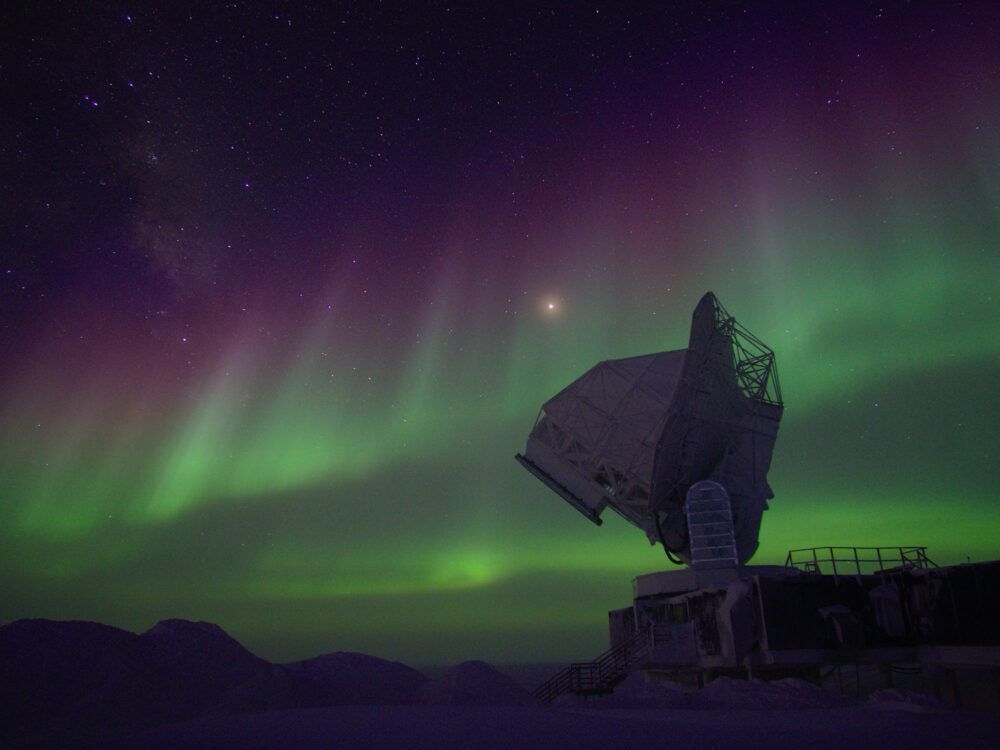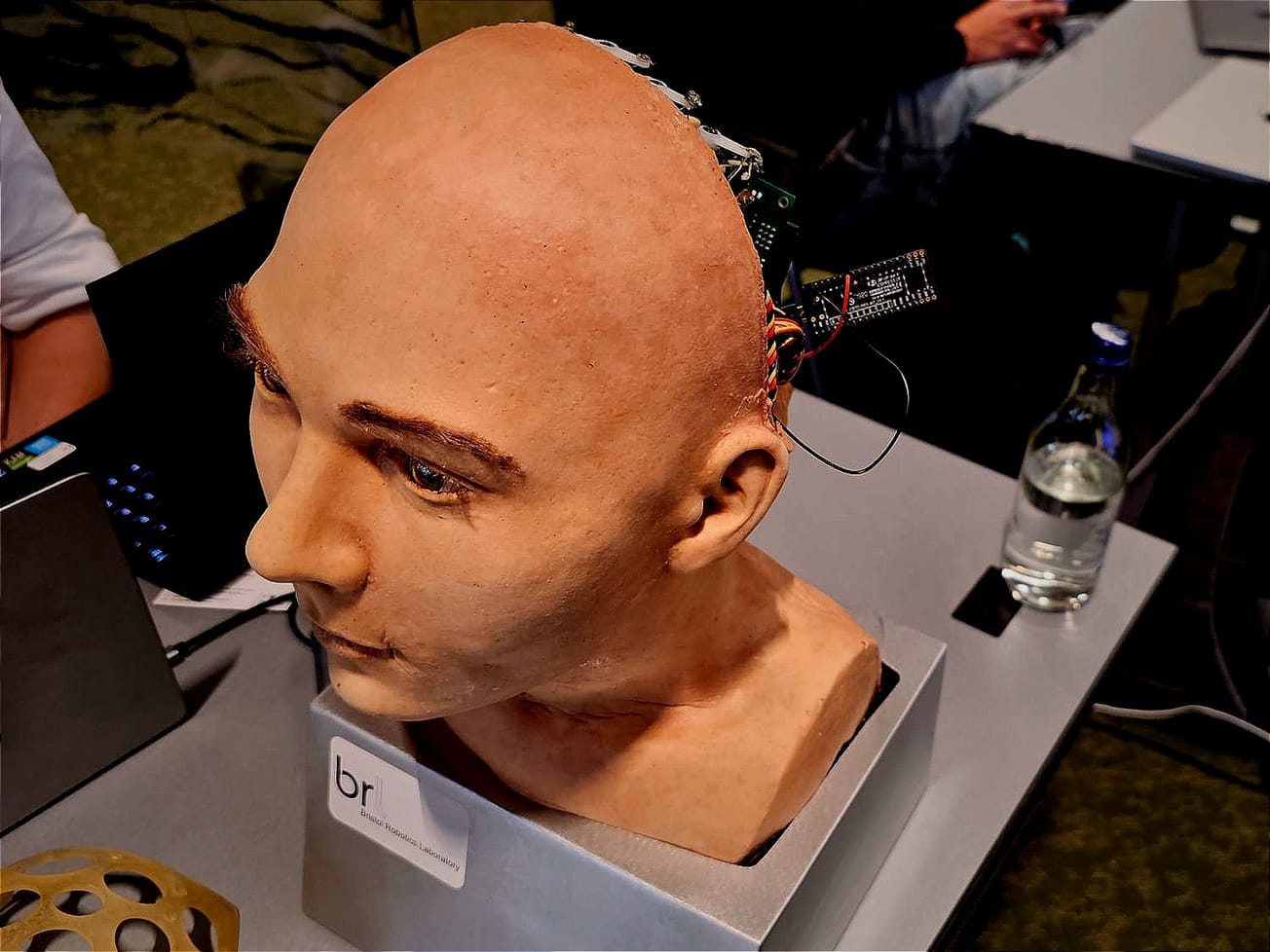In a sensational feat for science and international collaboration, a team of more than 200 researchers using a "virtual telescope" of observatories around the world for the first time managed to see and photograph what was previously unseeable: a supermassive black hole.
The Event Horizon Telescope — an international organization linking eight major radio observatories on four continents into one virtual, Earth-sized telescope with previously unavailable resolution and sensitivity— pulled off one of astrophysicists' longtime dreams.








